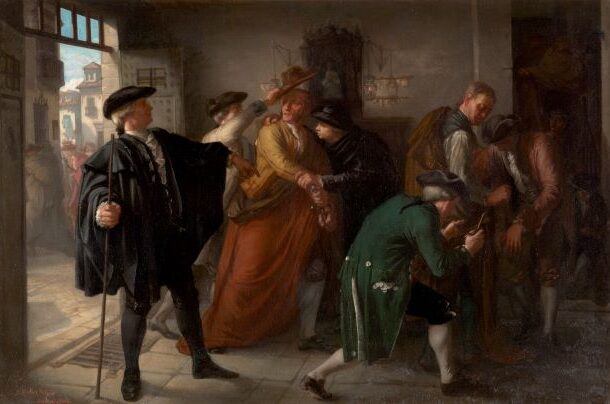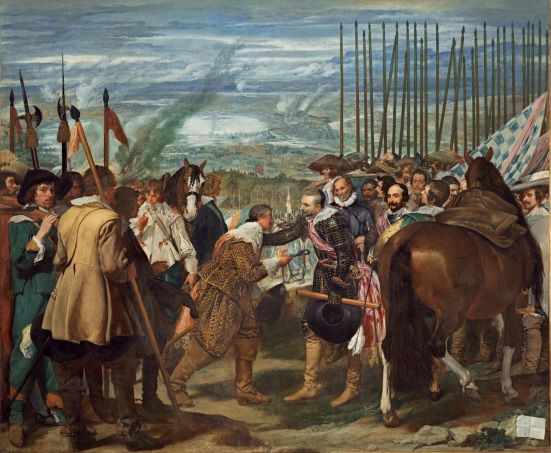
The dowry and the arras were two legal institutions that represented the contributions made by the husband and wife to the marriage. The dowry was the estate that the woman took with her when she married, which she received from her parents and which, although it was the wife’s property, would be administered by the husband for the duration of the marriage. It was common, especially in the upper classes, for families to go into debt in order to dowry their daughters in order to provide for their social advancement or to strengthen their social networks. The dowry could be made up of a variety of movable or immovable goods, or even public jobs. This would depend on the social origin of the women, with movable goods being more common in the case of maids, for example, and real estate in the case of women from wealthy families. In all cases, there would have been a trousseau, consisting of furniture, bed and table linen and household goods. The arras, on the other hand, was a donation made by the husband to the wife, which is interpreted as a contribution made for having access to the female body and the rights over the offspring. The work in the image, entitled “The Bride’s Dowry”, by José Gallegos y Arnosa, represents the formalisation of these contributions.
Collection: Images
Project: 4. Family, daily life and social inequality in Europe., 8. Women and the change for gender equality in Europe.
Chronology: XVI, XVII, XVIII
Scope: Secondary Education, Baccalaureate, University
Link: http://www2.ual.es/ideimand/portfolio-items/dote-y-arras-iii/?portfolioCats=530
Resource type: Image
Format: Oil on panel. 33 x 51 cm.
Source: Proyecto Identidad e Imagen de Andalucía en la Edad Moderna. Universidad de Almería
Language: Spanish
Date: 1890
Owner: María del Mar Felices de la Fuente (Modernalia)
Identifier: 8890a13bc015bb5d98b32455ff57e233
Copyright: Galería Durán (Madrid)
Abstract: Everyday life. The image shows a painting depicting the formalisation of a woman's dowry contribution. The work, entitled "The Bride's Dowry", is by José Gallegos y Arnosa.
Image
Tags






